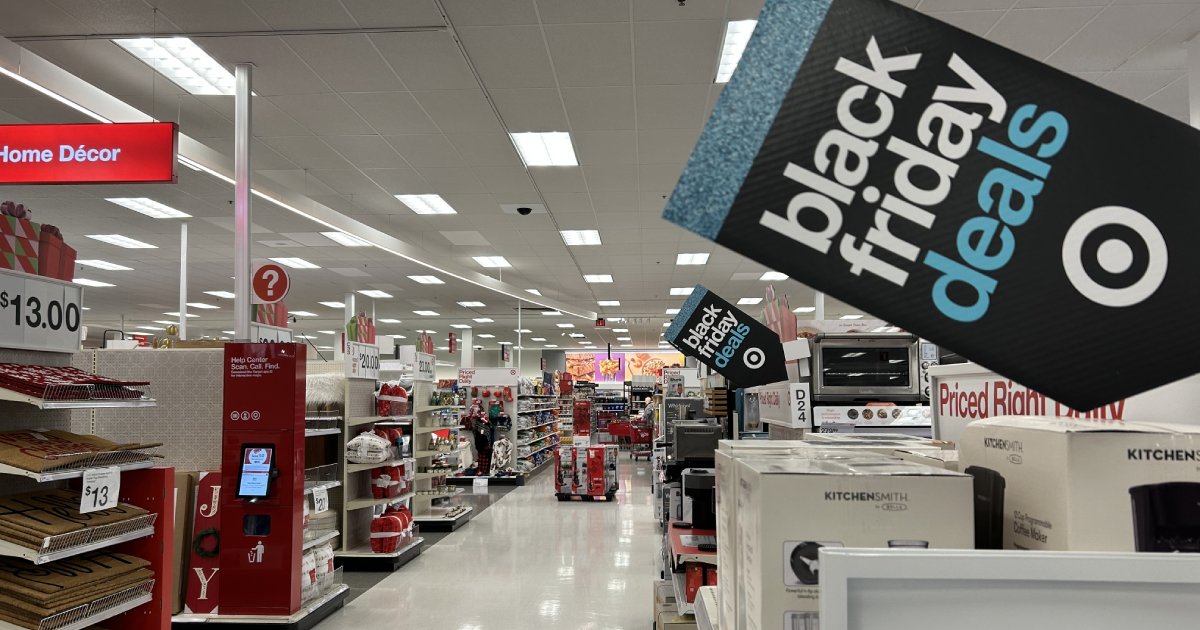
Black Friday Sales Rise, But Shopping Habits Change
By Mark Seavy
The frenzied shopping that once accompanied Black Friday has given way to a more measured pace. This change is being driven by online and mobile phone shopping—something that has picked up speed in a post-pandemic world—and the availability of discount deals in the weeks leading up to the sales event.
That much was clear during a canvas of stores on Black Friday. In-store traffic was noticeably lighter, but sales increased.
When it comes to online shopping, specifically, U.S. consumers spent $9.8 billion on Black Friday (up 7.5% from a year ago), according to Adobe Analytics. Adobe Analytics also reported that $5.3 billion of that online spending can be attributed to mobile devices and smartphones, up 10.4% from 2022. Data from Salesforce shows online sales reached $70.9 billion globally, an 8% increase compared to the year before.
In contrast, in-store sales rose 1.1%, according to Mastercard SpendingPulse. To encourage in-person purchases, many retailers rolled out in-store deals.
In Connecticut, for example, Target promoted a “Buy One Get the Second Half Off” deal for the purchase of FAO Schwarz products and for items under the Marvel, WWE, Monster Jam, and Disney brands. It also offered discounts across apparel, including a 40% discount on children’s boots that covered products under the Spider-Man and Frozen brands. And Walmart had a clearance section within its toy department, in addition to its Black Friday discounts. Among these was a box of Jazwares’ Squishmallows, including those under the Pokémon brand, that were offered at $25 each.
But customer traffic at these Walmart and Target locations was relatively light. About 30 people rushed into a Walmart store in Brookfield, CT when it opened at 6 a.m. on Friday (in contrast to the hordes that descended on it in years past, a store manager said). An hour later, the retailer was relatively calm with employees outnumbering shoppers in some sections of the store.
A nearby mall in Danbury, CT, however, was brimming with activity. Consumers flowed in and out of a clutch of pop-culture stores there, including Hot Topic, FYE, Newbury Comics, and Showcase. FYE was offering 50% off hats and apparel and a free Snoopy hat with a purchase of $100 or more. Newbury Comics was promoting a free item with the purchase of three products. Hot Topic was offering steep discounts both online and in stores. And Macy’s was countering with 40% discounts on Karl Lagerfeld apparel along with 50% off deals on its private label I.N.C. brand as well as Calvin Klein, DKNY, and Tommy Hilfinger labels.
“Many of those shopping today did so for bragging rights or out of a sense of tradition because these deals have been available for a few weeks and also more people are buying online,” an FYE store manager said.
Others reported a more optimistic take on in-person shopping during the Black Friday sales event, however. Store traffic analytics firm RetailNext reported that foot traffic at U.S. retailers actually rose 2.1%, with health and beauty brands posting double digit increases. And the shopping won’t stop there.
Cyber Monday sales were expected to rise to as much as $12.4 billion, up from $11.3 billion a year ago, according to Adobe Analytics. About 182 million people were expected to shop online between Thanksgiving and Cyber Monday, the National Retail Federation said.
Overall, the NRF is forecasting a 3-4% increase in sales during the November and December period. That would be slower than the 5.4% rise seen in 2022 and the 13% increase reported in 2021, as retail started reopening after pandemic-induced store closures.
What these Black Friday and Cyber Monday sales ultimately mean for the rest of the holiday season and into 2024 remains to be seen. Retailers, for the most part, bought cautiously for the holidays this year after having been saddled with excess inventory in 2022. Some excess inventory continues to linger, however, as evidenced by Walmart’s clearance aisle in its toy department.
“We’re optimistic about 2024,” said Isaac Larian, CEO at toymaker MGA Entertainment. “Since retailers were cautious in their buying decisions this year, they will likely need to replenish and that should mean they’re more open to buys headed into next year.”

















